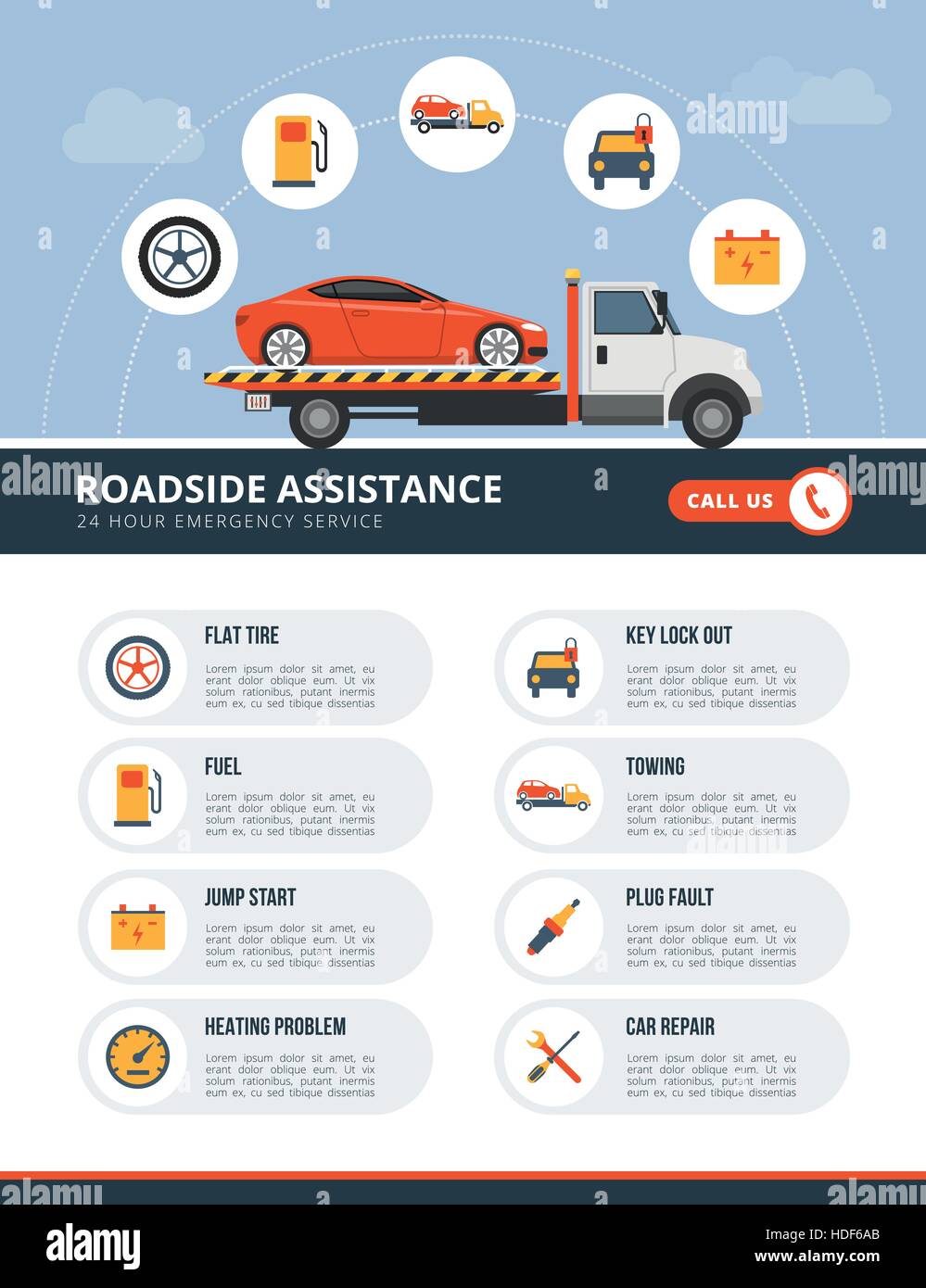Translating Your Car'S Warning Indicators: What They Truly Represent
Translating Your Car'S Warning Indicators: What They Truly Represent
Blog Article
Created By-Samuelsen Torres
When you're behind the wheel, those glowing warning lights on your dashboard can be a bit puzzling. Do marine detailers know what they're attempting to inform you about your car's wellness? Recognizing the relevance of these lights is essential for your safety and security and the longevity of your automobile. So, the next time among those lights appears, would not you want to analyze its message precisely and take the needed actions to resolve it?
Common Warning Lighting and Interpretations
Recognize usual warning lights in your vehicle and comprehend their significances to make sure safe driving.
The most typical caution lights include the check engine light, which signals issues with the engine or exhausts system. If this light begins, it's crucial to have your vehicle inspected quickly.
The oil stress warning light indicates low oil stress, requiring instant focus to stop engine damage.
A flashing battery light might recommend a damaged charging system, potentially leaving you stranded if not dealt with.
The tire stress surveillance system (TPMS) light alerts you to reduced tire pressure, affecting vehicle security and fuel effectiveness. Disregarding this could bring about risky driving problems.
The abdominal muscle light shows a trouble with the anti-lock braking system, jeopardizing your capacity to stop swiftly in emergencies.
Last but not least, the coolant temperature level cautioning light warns of engine getting too hot, which can cause severe damage otherwise solved swiftly.
Recognizing visit the next website will aid you deal with problems promptly and maintain secure driving conditions.
Importance of Prompt Focus
Understanding the common warning lights in your cars and truck is just the first step; the significance of without delay attending to these cautions can not be highlighted sufficient to guarantee your security on the road.
When a warning light illuminates on your control panel, it's your vehicle's means of connecting a possible issue that requires attention. Ignoring these cautions can bring about more extreme problems in the future, jeopardizing your safety and potentially costing you a lot more in repairs.
Prompt focus to advising lights can protect against failures and accidents. As an example, a flashing check engine light can suggest a misfire that, if left ignored, can trigger damages to the catalytic converter. Addressing this without delay can save you from a pricey repair.
Likewise, a brake system alerting light may signify reduced brake fluid or used brake pads, critical parts for your security when driving.
DIY Troubleshooting Tips
If you observe a caution light on your control panel, there are a couple of DIY repairing suggestions you can try before seeking professional assistance.
The very first step is to consult your cars and truck's handbook to understand what the particular caution light shows. Often the issue can be as straightforward as a loosened gas cap setting off the check engine light. Tightening up the gas cap may settle the problem.
One more typical issue is a reduced battery, which can cause numerous advising lights. Examining the battery connections for corrosion and ensuring they're safe may deal with the trouble.
If a caution light lingers, you can try resetting it by disconnecting the auto's battery for a few minutes and then reconnecting it. In addition, checking your car's liquid levels, such as oil, coolant, and brake liquid, can help troubleshoot cautioning lights related to these systems.
Conclusion
In conclusion, understanding your automobile's caution lights is important for maintaining your lorry running smoothly and securely. By immediately dealing with these informs and knowing what they suggest, you can stay clear of costly repairs and prospective malfunctions.
Remember to consult your car's manual for specific information on each advising light and do something about it accordingly to guarantee a trouble-free driving experience.
Stay educated, remain safe when driving!
